The Rwanda Agriculture and Animal Resources Development Board (RAB) is an autonomous body with the mission of championing the agriculture sector development into a knowledge based; technology driven and market-oriented industry, using modern methods in crop, animal, fisheries, forestry and soil and water management in food, fibre and fuel wood production and processing. The Government of Rwanda expects this reform to remove the historical legacy that created artificial gaps between research and extension, strengthen the linkage with policy, and establish efficiency in service delivery through institutional integration in the agricultural sector for improved livelihoods of the Rwandan people.
Livestock and marine farming – Rwanda
Geographical profile
Challenges
The highly diverse amount of research activities carried out in RAB needs to be complemented with relevant technologies on AI algorithms, advanced data science and machine learning models.
Expected benefits
The participation of RAB within NESTLER, will lead to joint effort to promote contribution to One Health initiative. RAB will actively participate in the research conducted by MANA and ICIPE in the development of alternate forms of food sources for the cultivation of livestock and fisheries. Additionally, the crop- based research activities promoted by SYN, RINI, CEO and EBOS will be further extended to improve the quality and quantity of agriculture produce.
Pilots
The pilots will be conducted in two locations. The first trial will take place at the Muhanga Small stock Research Centre involving chicks to evaluate the efficiency of protein from Black Soldier Fly larvae meal replacing Soybean/fish meal protein in poultry feeding and to evaluate the potential of BSF based feed recipe as a scavenging feed supplement in dual-purpose chicken. IoT devices were installed (SynField, SynAir, ammonia, carbo dioxide, PM1.0/2.5/10) measuring air quality characteristics for monitoring chicken behaviour developed and adopted by researchers and farmers. The second trial P.RWA.2, conducted in Nkungu Aquaculture and Fisheries Research site, will evaluate the efficiency of protein from Black Soldier Fly larvae meal replacing Soybean/fish meal protein in aquaculture feeding and evaluate the partial budgeting of BSF based feed recipes in aquaculture production. IoT devices, equipped with sensors to monitor and record prevailing environmental conditions in an aquaculture feeding facility, were utilized. The Synelixis SynWater devices measure and monitor critical water quality characteristics such as water temperature, water pH, dissolved oxygen (DO), electric conductivity (EC) and oxidation reduction potential (ORP). Monitoring the quality of water is essential for optimizing production practices and ensuring the well-being of aquatic organisms in aquaculture.

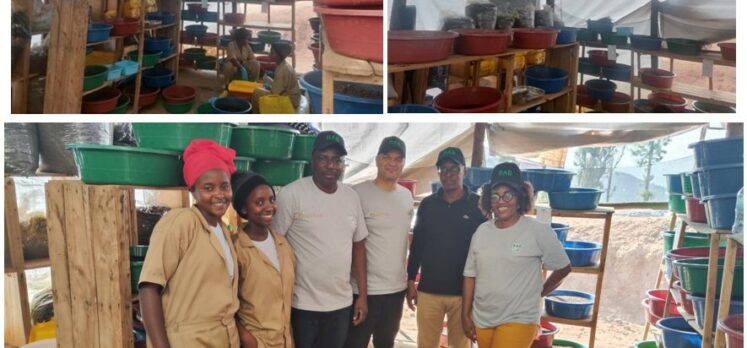
BSFL production. RAB and SYN teams at BSFL production site
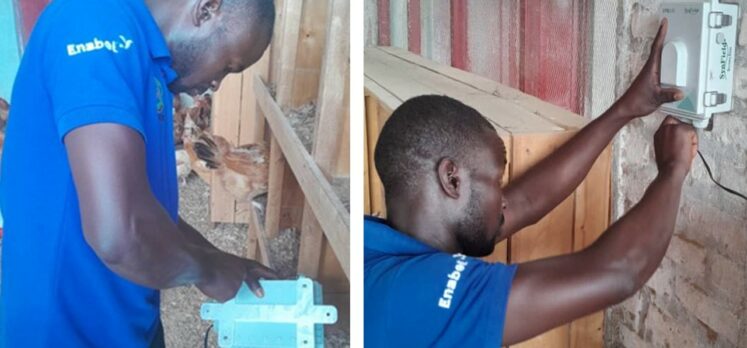
Installation-of-SynField-Equipment-at-P.RWA_.1.
-at-Muhanga-Small-stock-Research-Centre-Layers-and-broilers-chickens
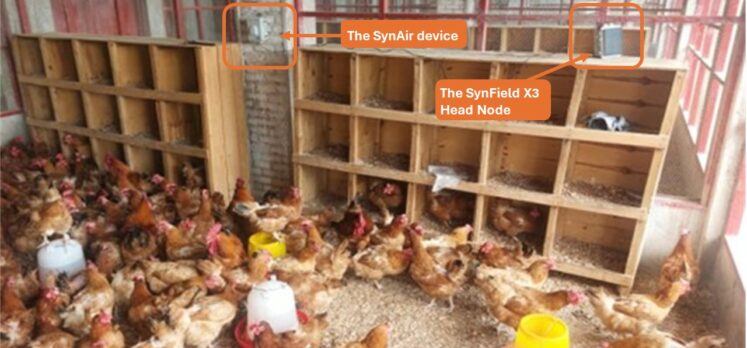
SynAir and SynField X3 installed at Muchanga station
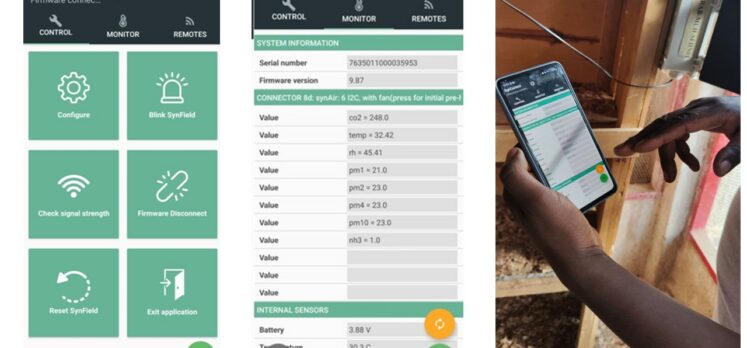
P.RWA_.1-data-collection-using-Synelixis-SynControl-Mobile-App
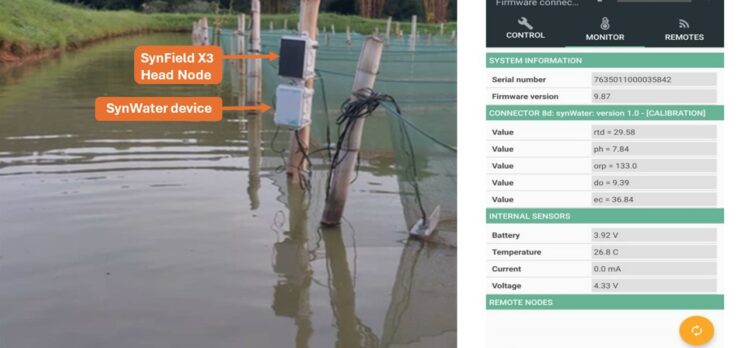
SynField X3 and SynWater (left) – SynControl app for data collection at P.RWA.2 (right)
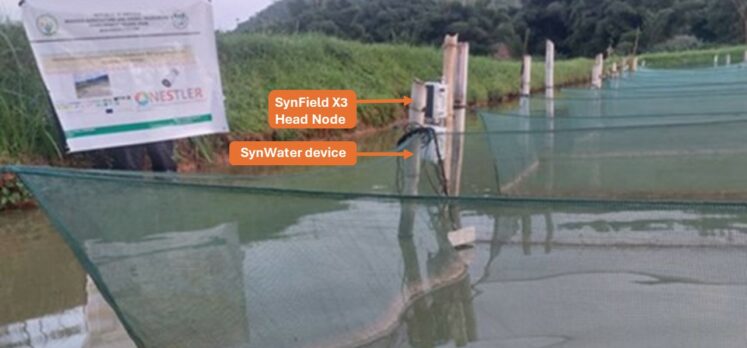
SynField and SynWater devices installed at P.RWA.2.
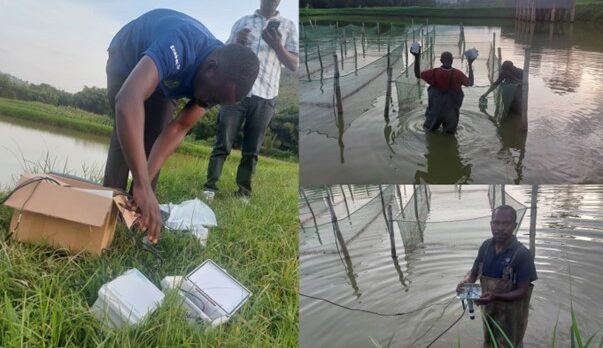
Installation of SynField Equipment at P.RWA.2.
at Nkungu Aquaculture Research Centre (Nile Tilapia)
